
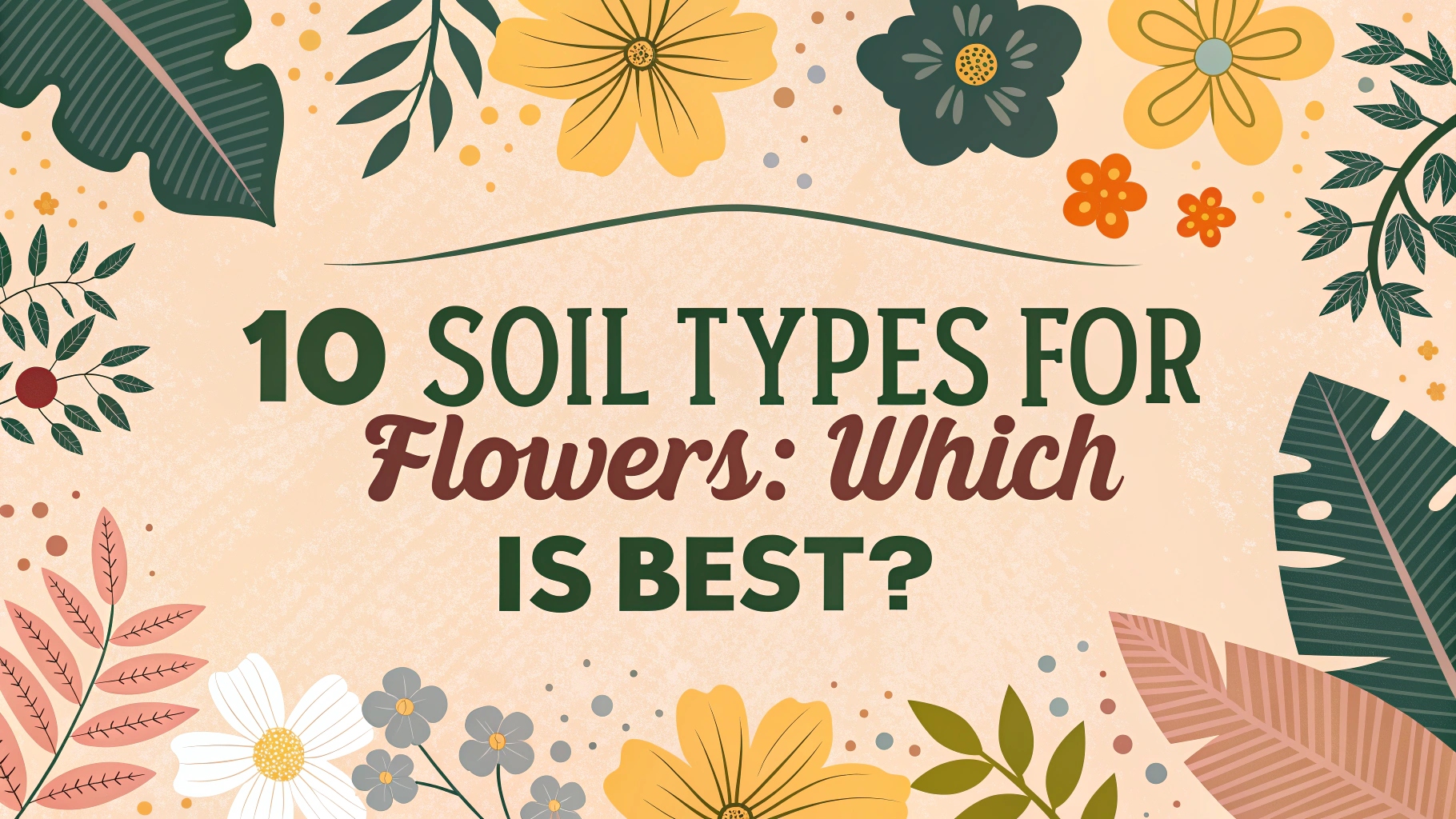
When it comes to cultivating a blooming paradise, the type of soil you choose can make all the difference. This guide unveils ten unique soil types that cater to various flower species, ensuring that your garden flourishes beautifully.
From sandy loams to rich clays, discover which soil type becomes your floral sanctuary. Let’s dig into the details and help you select the best for your blossoming landscape.
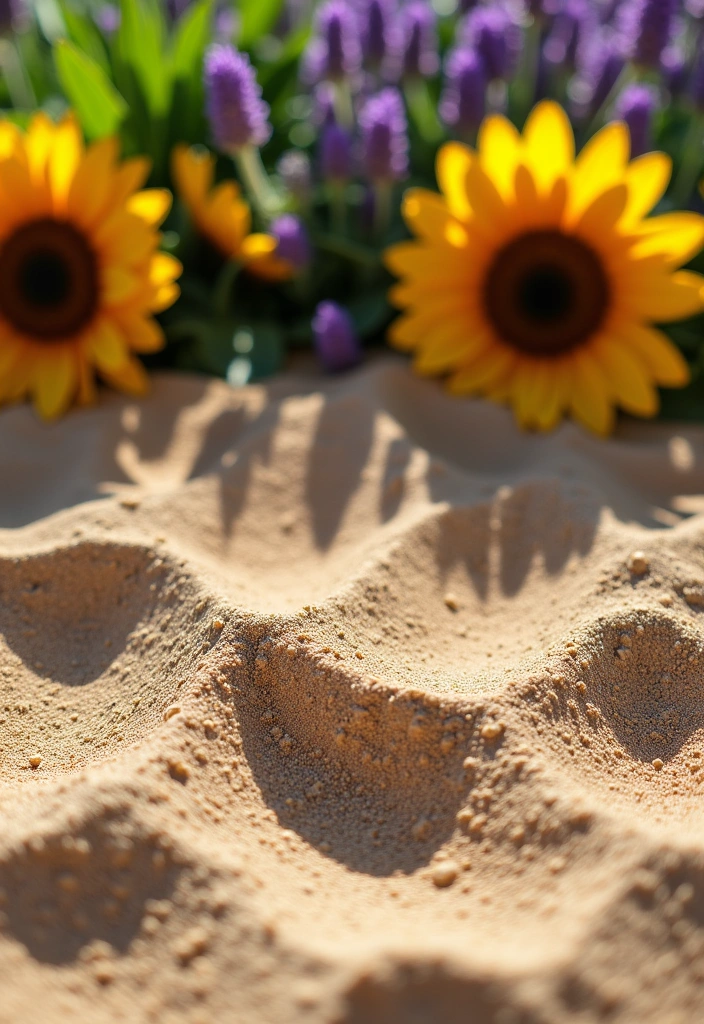
Sandy soil is a gardener’s best friend for flowers that crave excellent drainage. With its gritty texture, sandy soil allows water to pass swiftly, preventing root rot and promoting healthy growth for drought-resistant flowers like lavender and succulents.
However, it’s essential to amend sandy soil with organic matter to retain some moisture and nutrients. If you’re planning on planting bright sunflowers or cheerful daisies, this could be your go-to soil type.
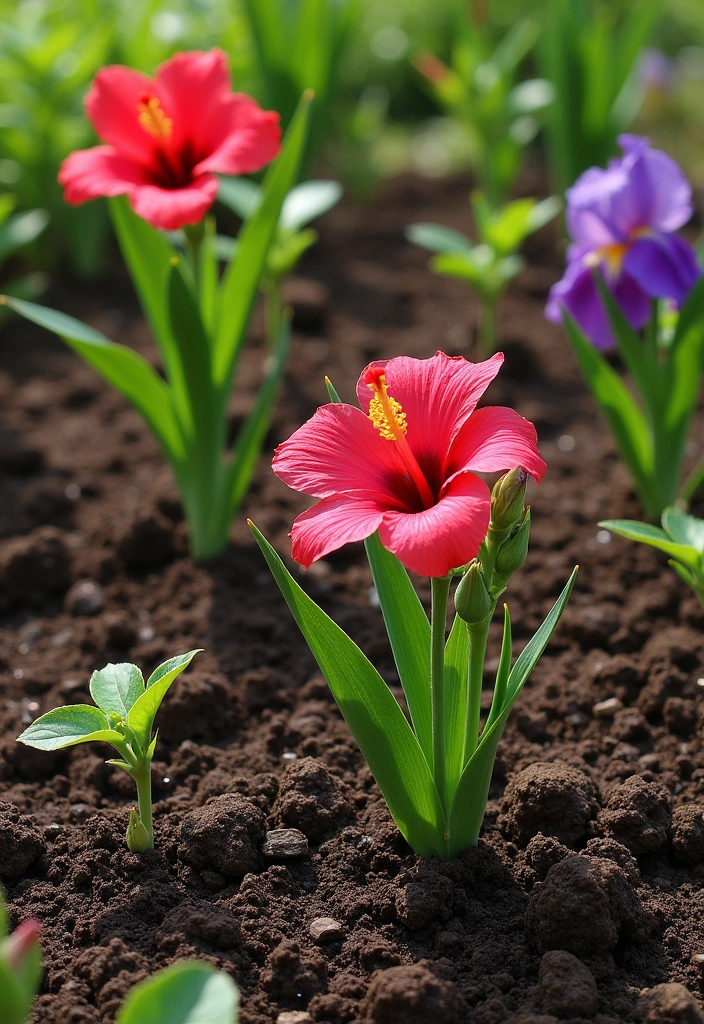
Clay soil is often seen as a challenge, but it’s a nutrient-rich powerhouse that can support a variety of flowering plants. Its dense texture holds moisture well, which is beneficial for moisture-loving plants such as irises and hibiscus.
To improve its structure, consider adding compost or gypsum, making it easier for roots to penetrate. If you’re looking for a long-term flower garden, clay soil could be the solid foundation you need.
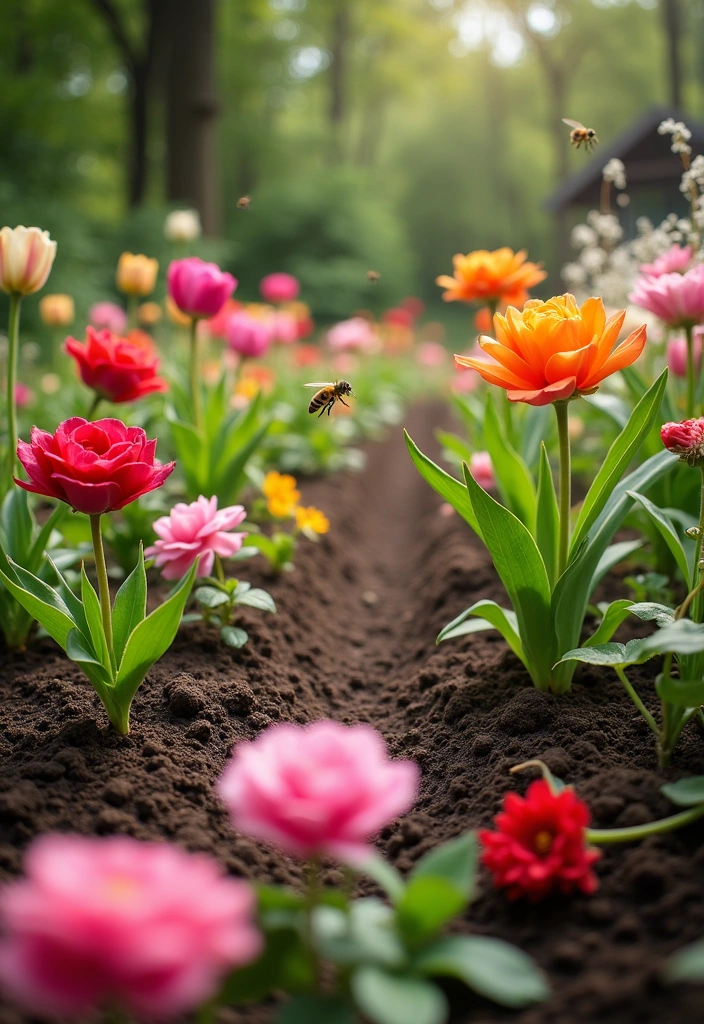
Loamy soil is often considered the ideal soil for most flower gardens due to its balanced mixture of sand, silt, and clay. This combination results in excellent drainage while retaining moisture and nutrients, making it perfect for a wide range of flowers from roses to tulips.
Loamy soil is easy to work with, allowing for healthy root development and strong blooms. If you dream of a vibrant flower garden, loamy soil is your best bet.
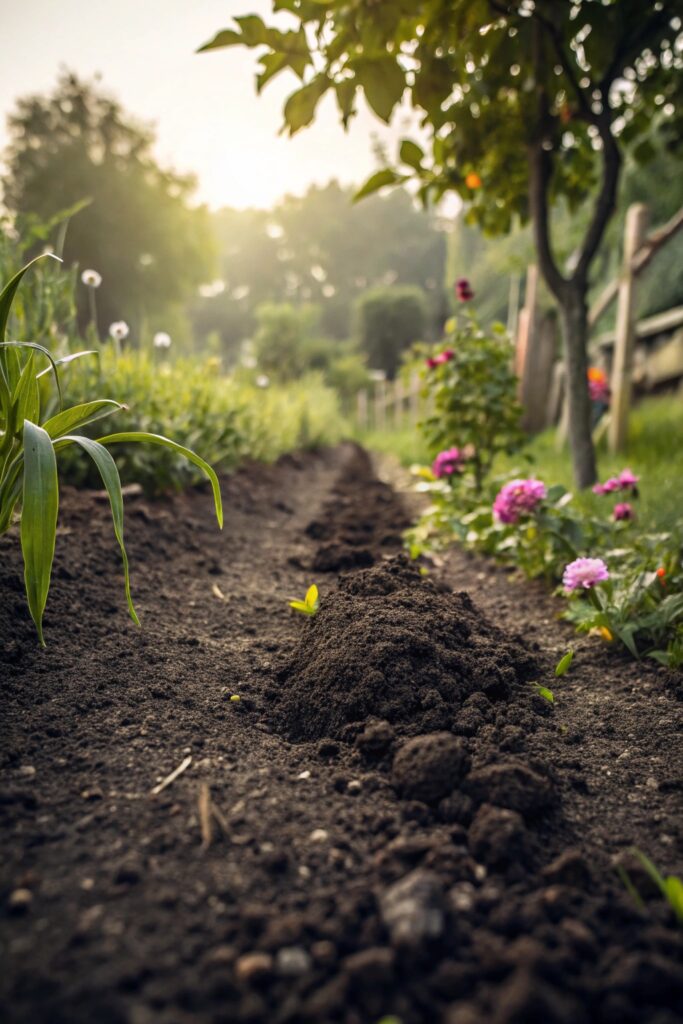
Silt soil, finer than sand and coarser than clay, is exceptionally fertile and retains moisture well, making it suitable for flowers like peonies and marigolds. Its smooth texture allows roots to penetrate easily, while it provides an abundance of nutrients essential for flowering plants.
However, it can become compacted, so regular aeration is crucial. This soil type is perfect for those looking to cultivate lush, vibrant blooms in their gardens.
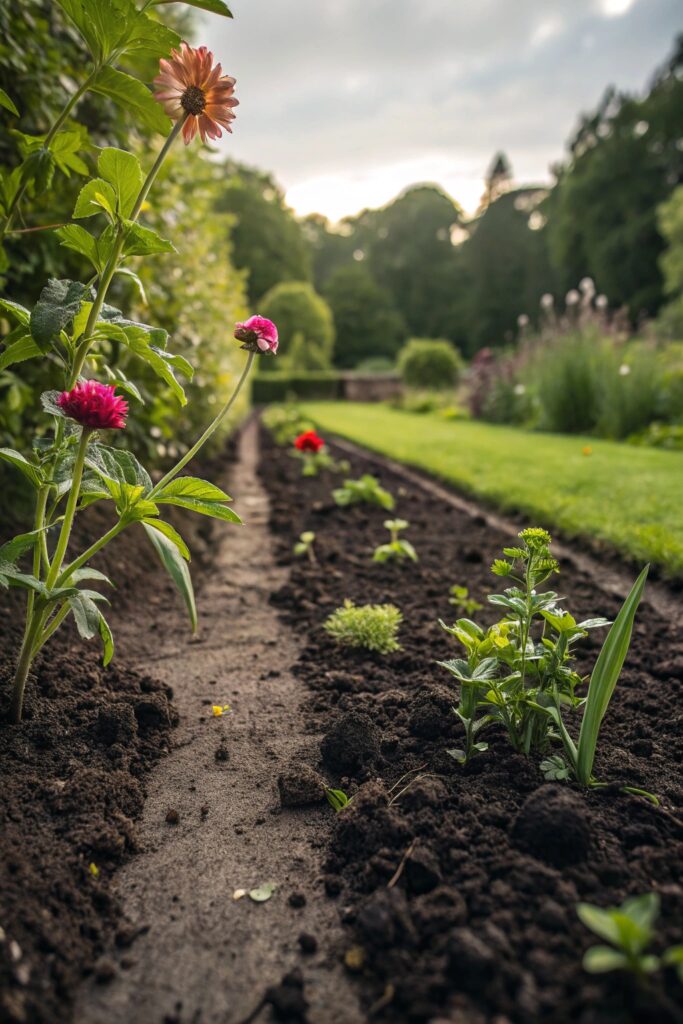
Peaty soil is rich in organic matter and retains moisture exceptionally well, making it ideal for moisture-loving flowers like ferns and orchids. Its dark, spongy texture is packed with nutrients, creating an excellent environment for vibrant blooms.
However, it can be acidic, so testing and adjusting pH levels is essential for optimal flower growth. If you’re aiming for a unique garden filled with exotic flowers, peaty soil might just be your secret weapon.
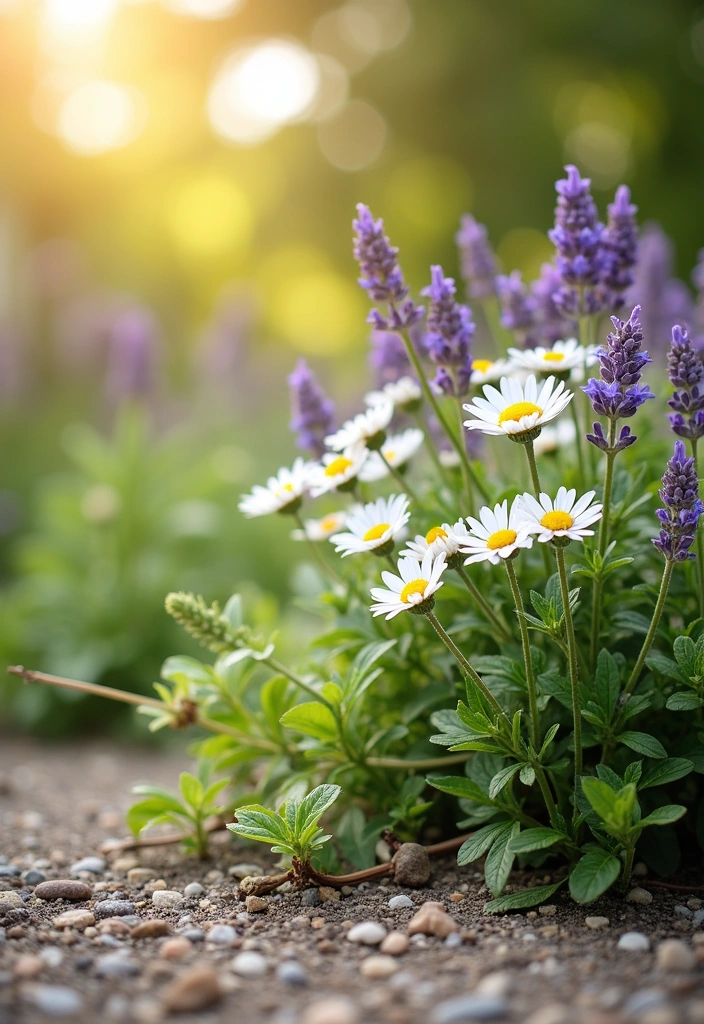
Chalky soil is characterized by its alkaline nature, often leading to a unique range of challenges and benefits for flower gardening. This soil type is typically stony and can drain quickly, making it suitable for hardy flowers like daisies and lavender.
However, due to its high pH, you might need to amend it with organic materials to enhance nutrient availability. For those who enjoy a rustic garden aesthetic, chalky soil can support a charming floral display.
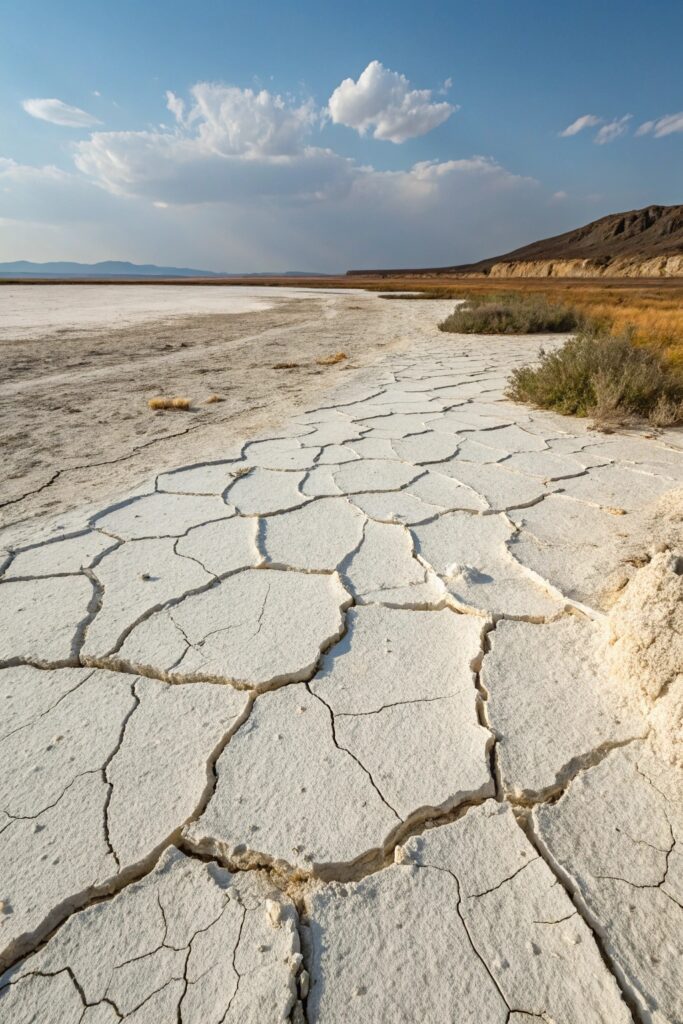
Saline soil contains high salt concentrations, which can be a challenge for most flowers but can support salt-tolerant varieties like beach grass and sea thrift. This type of soil is often found in coastal areas and can retain moisture despite its salinity.
With proper care and selection of suitable plants, you can create a unique garden that thrives in saline conditions. If you live near the coast, consider embracing this soil type for a stunning seaside garden.
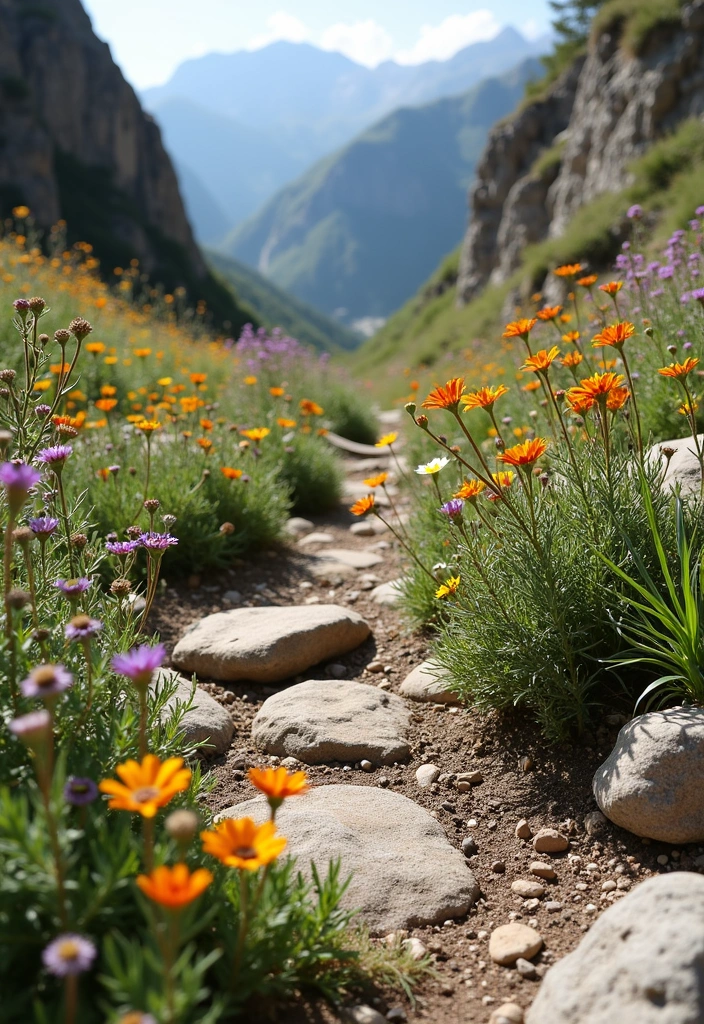
Rocky soil may seem daunting, but it can be a unique environment for resilient flowers like wildflowers and alpine plants. Its well-draining properties prevent waterlogging, making it suitable for plants that thrive in harsh conditions.
To encourage growth, consider incorporating organic matter and selecting the right flower varieties. If you’re up for a challenge, a rocky garden can be transformed into a stunning display of hardy blooms.
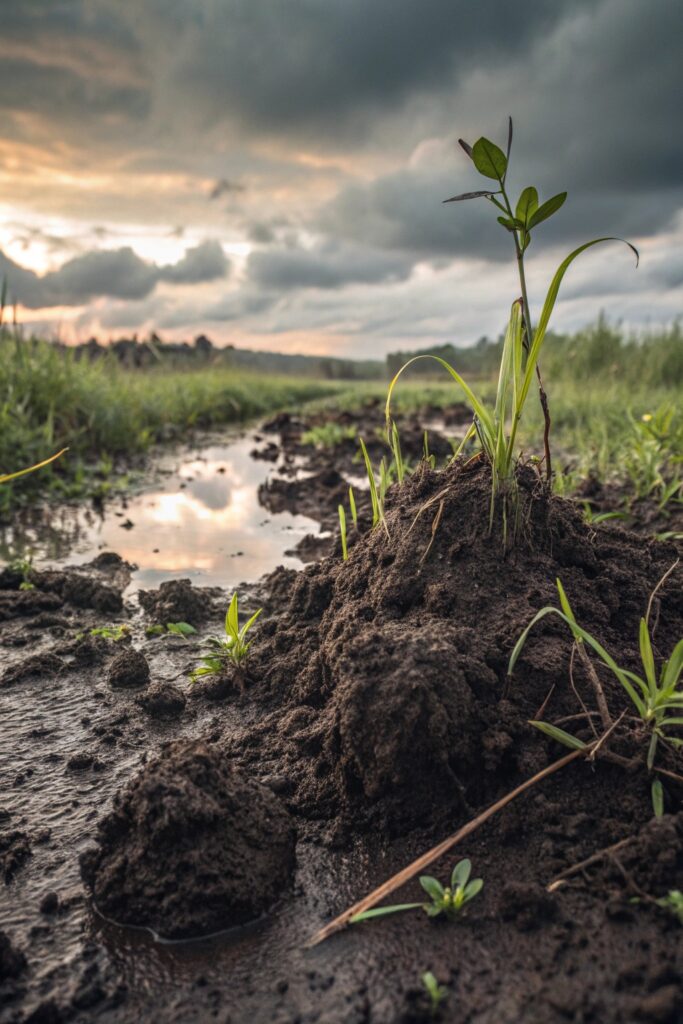
Muck soil, rich in organic material and moisture, is ideal for growing flowers such as calla lilies and other bog plants. Its dark, heavy texture is nutrient-dense, creating a perfect environment for lush growth.
However, it can retain too much water, so proper drainage solutions are essential to prevent root rot. For those who appreciate the beauty of water-loving flowers, muck soil can lead to a stunning aquatic landscape.
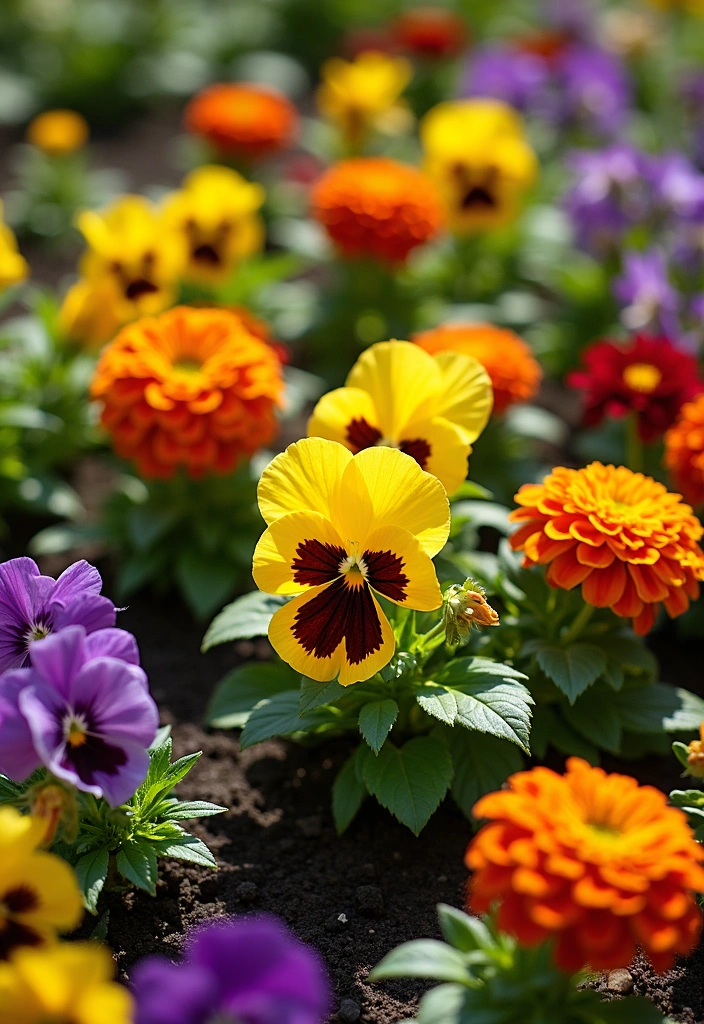
Black soil is often referred to as ‘black gold’ due to its rich organic content and fertility, making it ideal for a wide variety of flowers. This soil type provides excellent drainage while retaining moisture, making it suitable for everything from pansies to marigolds.
Its nutrient-rich composition ensures vibrant blooms and healthy plants. For gardeners seeking to maximize their floral display, black soil is a top choice.
Choosing the right soil type is crucial for your flower garden’s success. By understanding the unique characteristics of each soil type, you can create a stunning floral display that thrives in your specific environment. Whether you opt for sandy, loamy, or any other soil type, remember to enrich your soil to nurture your blooming beauties.
